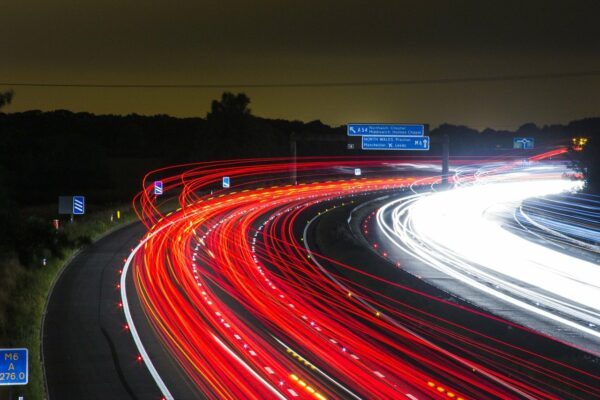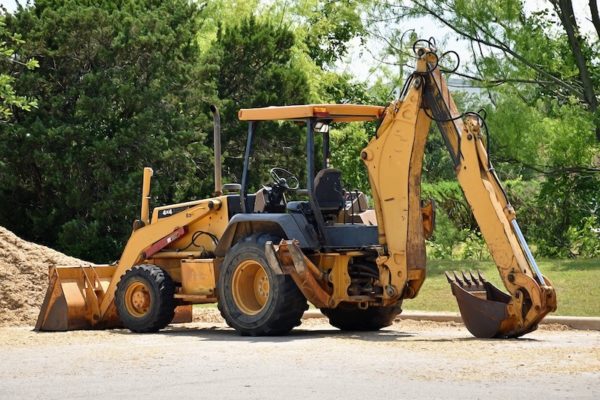The Future of Deliveries
Over recent years, there’s been a rise in the use of robots and drones for deliveries. But is this an accurate prediction when it comes to the future of deliveries. What are the pros and cons when compared to existing smart logistics solutions? From airspace conflicts to weight restrictions, we look at how new technologies have their limitations.
Robot deliveries
Across the UK, in a few select locations, robot deliveries are being used and most famously in Milton Keynes. Built by the company Starship, they are programmed to deliver parcels and takeaways. The robots have become popular not just for delivering fast food during covid, but for the way they cheered people up during the pandemic. Starship programmed them to “dance”, which put a smile on people’s faces, and more recently, to sing “Happy birthday”!
Drone couriers
Drones are already in use for delivering small parcels and medical supplies. But this raises the question of whether a sky full of drones in the future is even possible from an airspace perspective. According to the Civil Aviation Authority, drones must not be flown higher than 120m (400 ft) from the ground. Above this height, drones are at risk of coming across other aircraft, although police and air ambulance helicopters often fly below this height.
Getting from A to B
The problem with using drones and robots for deliveries is the fact they have their obvious limitations. Robots can only stay within a town or city boundaries, and drones need to adhere to both height and weight limits. What most businesses need is a time-efficient, logical delivery system that can get your items and parts to where they need to be without restrictions. And this is where trunking comes in, which we use for our deliveries.
Smart deliveries use trunking
At GenRev, we use trunking routes to deliver parts and packages to our clients throughout the night, avoiding traffic jams and delays. Our In Boot deliveries, and In Night distribution service are efficient and cost-effective delivery methods. And as we use smaller vans instead of HGVs and spend less time idling in traffic jams, our services are less harmful to the planet. So, your business can rest assured that you are minimising your carbon footprint.
GenRev’s delivery services are ever-evolving, as we continually review how we operate to find smarter solutions to support your business needs. We invest in innovation, and one of our latest offerings is the Parts Storage, Pick and Pack service. A natural evolution to our Just in Time distribution solution, this service can help you reduce your storage costs. We can store, replenish and deliver your most commonly used goods.
As always, our aim is to get your parts and business-critical items to your field engineers and technicians on time, so they can get straight on with their working day. For more information on trunking, please read our previous blog Why Trunking Can Optimise Your Deliveries.
Contact us to find out how our range of smart logistics services will benefit your business.



